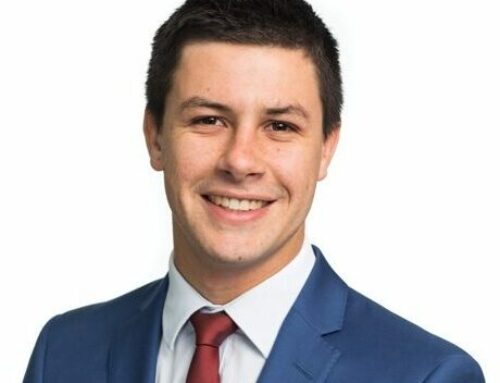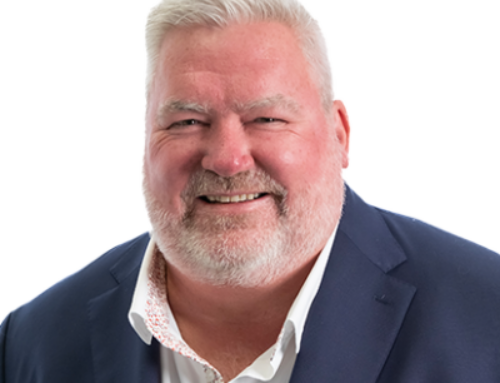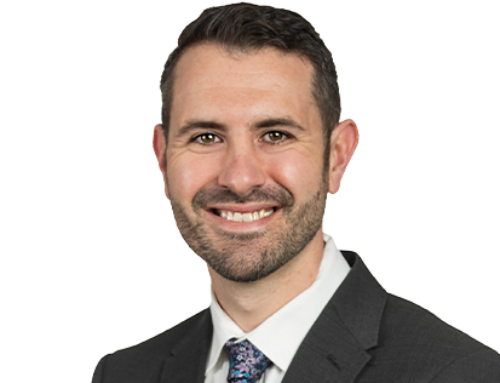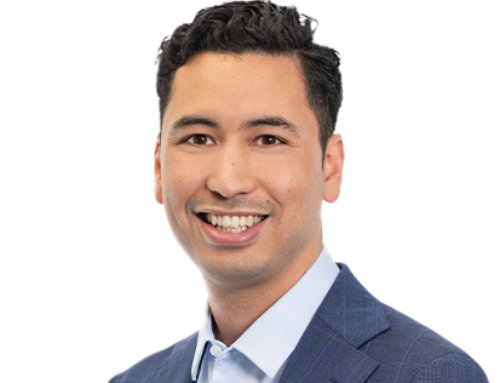Why fire engineering?
I found myself in fire engineering, like most, by chance! When it came time to decide on the graduate role to accept, I decided that the fire engineering role was a once in a lifetime opportunity to pursue a niche field and be a point of difference. I remember thinking, I could always fall back on the more mainstream civil engineering disciplines if it wasn’t for me.
From there, well, there’s been no turning back. I think fire engineering has been a great fit for me. It’s enabled me to harmonise my creative side delivering bespoke reports and solutions as well as fulfil my technical detail-orientated nature. I know, for sure, it’s something I’m passionate about because I was 100% sure I would never go back to uni yet here I am three quarters of my way through my Master of Fire Safety Engineering.
What do you do outside of work that helps fuel your creativity and commitment to engineering?
Sport has been such a big part of growing up for me – I used to be a competitive swimmer and then coached for 6 years through uni. I also play social touch and coach primary school girls. Coaching creates space for a lot of opportunity and freedom to hone my teaching and leadership skills (which can be creative for sure when dealing with 8-year olds who have never played before!).
But more than that, sport has instilled dedication, resilience and overall commitment for me – through my training and racing. I’m now using these skills to be a better engineer.
While I don’t yet have the chance to share my knowledge in a managerial or coaching role, it’s something I enjoy immensely and see in my future career.
What’s the biggest thing you’ve learned at NDY?
Building up your support network and having people champion you makes such a difference in confidence. I feel I have so many champions within NDY who have my back and that’s enabled me to really push what I thought I was capable of and grow faster.
What professional relationships do you value the most?
I really value the personal side of relationships. To me, it’s not so much about the internal (manager) vs. external (client) type of relationship but about the person.
Key values for me are trust, reliability and honesty. Finding, and striving, for those attributes in my professional relationships is important.
If you could change one thing about the built environment, what would it be?
I’d change people’s perspective on the importance of fire safety. This ties into the reactive nature of legislative change. Historically, there has been a catastrophic fire event (for example, combustible cladding) before we see real change in building requirements. These then go through the approvals process faster than we typically see. I would love to see more proactiveness where changes are made from current research findings when issues are identified, rather than waiting for a catastrophe.
Tell us about the research you’re doing on vegetation flammability and bushfires.
As part of my master’s thesis, I’m partnering with RedEye to help Traditional Owners quantify the flammability of vegetation so we can further understand the complex phenomenon of wildland fires (also called bushfires). The results will be used to inform bushfire management techniques like prescriptive burning.
Bushfires are an intrinsic part of Australian landscapes which, in recent decades, are increasing in frequency and intensity, loss of land and life. Research has been ongoing, particularly over the past half-century, to try and determine the key influencing factors of fire intensity.
One factor that’s particularly poorly understood, quantified and discussed in our thought leadership piece is the flammability of vegetation. We know that different species burn differently however exactly why is something that I’m exploring.
As part of my research and testing, I’m undertaking a series of experimental test methodologies at increasing scale for 2 native wildland fuels known to respond very differently to fire, found on North Stradbroke and Moreton Island. I aim to establish:
- why they behave differently
- whether different test methodologies influence the resulting flammability characteristics
- whether such methods are representative of how the species will burn in the natural environment.
My hope, at the end of my thesis, is to have positively contributed to the quantification of vegetation flammability and improved bushfire management at a larger scale.
What does Making Spaces Work mean to you?
To me, Making Spaces Work is thinking as holistically as possible to balance all the external drivers i.e. budget, architectural vision, compliance and authority approvals with all the moving parts of a fire safety strategy and life safety.
As fire engineers, we need to effectively communicate the technical nature of our work to building owners and managers to make sure they understand fire safety and follow ongoing requirements. It’s critical all stakeholders are on the same page when the project finishes, with a good understanding of the technical knowledge they need to maintain a safe building.










